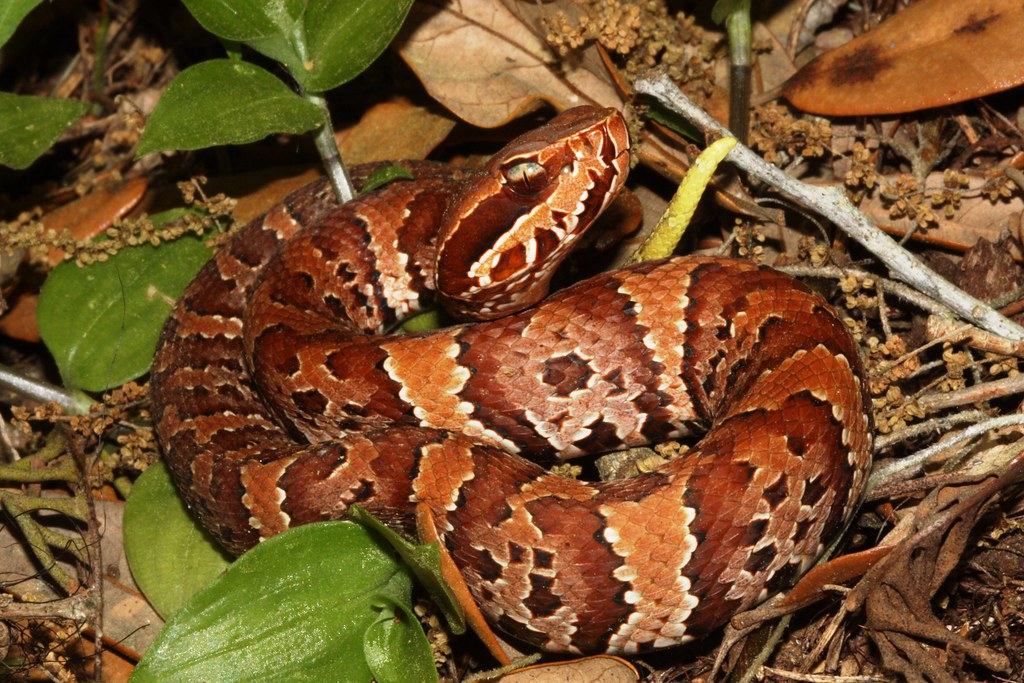Providing the right bedding for your pet snake is crucial for their physical health, mental well-being, and overall quality of life. Snake bedding, often called substrate, serves multiple purposes beyond mere decoration. It creates a comfortable surface for your snake to move across, helps maintain proper humidity levels, allows for natural behaviors like burrowing, and contributes to a clean habitat. With numerous options available in pet stores and online, choosing the right substrate can feel overwhelming for both new and experienced snake owners. This comprehensive guide will explore the various bedding options available for pet snakes, considering factors like species-specific needs, maintenance requirements, safety concerns, and environmental impact, helping you make an informed decision for your scaly companion.
Understanding the Importance of Proper Snake Bedding
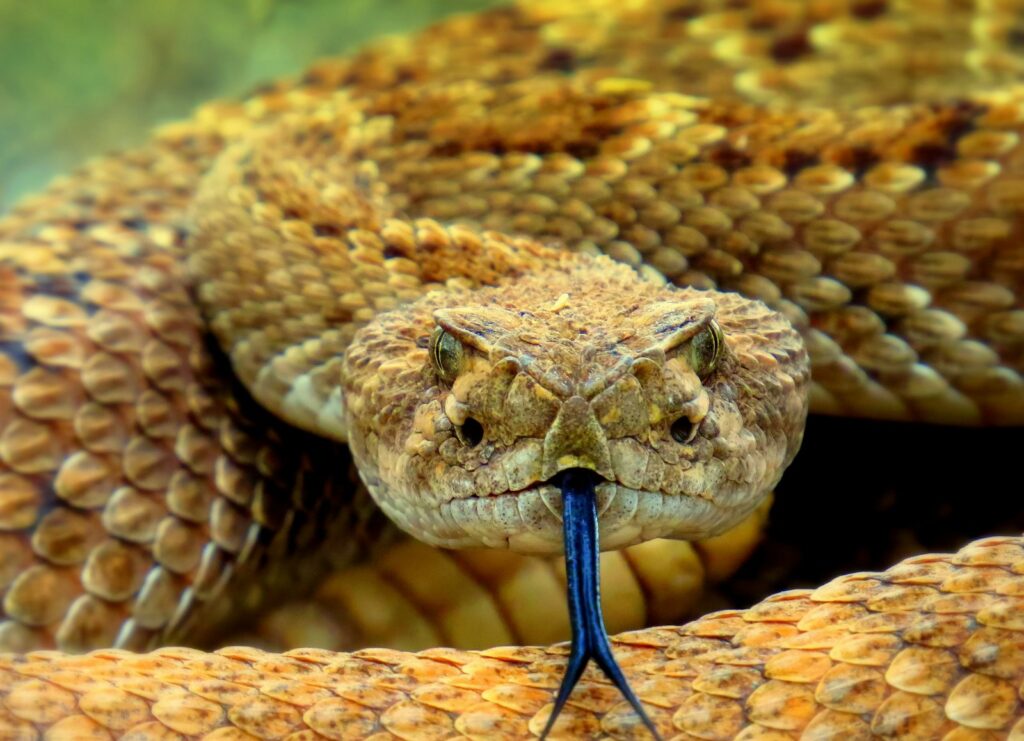
The right substrate plays a vital role in your snake’s overall health and comfort, functioning as more than just a decorative element in their enclosure. Quality bedding helps maintain appropriate humidity levels, which is essential for proper shedding and respiratory health in many snake species. It also provides insulation, allowing your snake to regulate its body temperature more effectively by burrowing deeper or staying near the surface. Additionally, proper substrate enables natural behaviors like digging and hiding, which contribute significantly to your snake’s psychological well-being and stress reduction. Finally, the right bedding can help control odors and make habitat maintenance easier, creating a healthier environment for both your snake and your home.
Species-Specific Bedding Needs
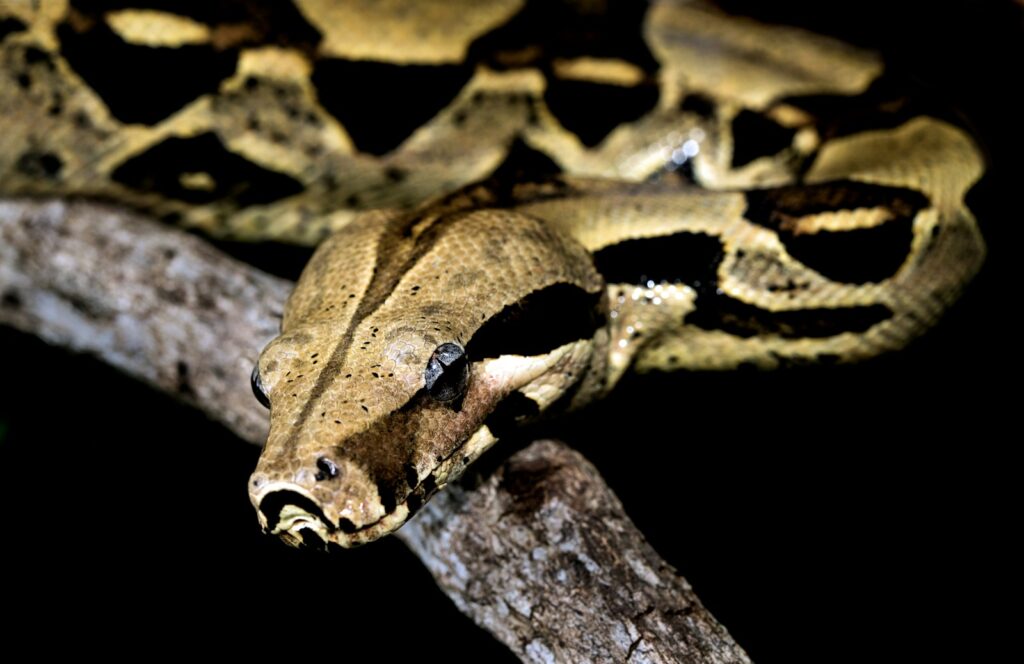
Different snake species have evolved in diverse habitats, and their bedding needs reflect these evolutionary adaptations. Desert-dwelling species like corn snakes and ball pythons generally prefer drier substrates that won’t raise humidity levels too high, which could lead to scale rot or respiratory infections. Conversely, tropical species such as rainbow boas and green tree pythons require bedding that helps maintain higher humidity levels to mimic their native rainforest environments. Semi-aquatic species like water snakes benefit from enclosures with both dry land areas and moisture-retaining substrates. Understanding your specific snake’s natural habitat is the first step in selecting appropriate bedding that will support their physiological needs and natural behaviors.
Aspen Shavings: Benefits and Limitations
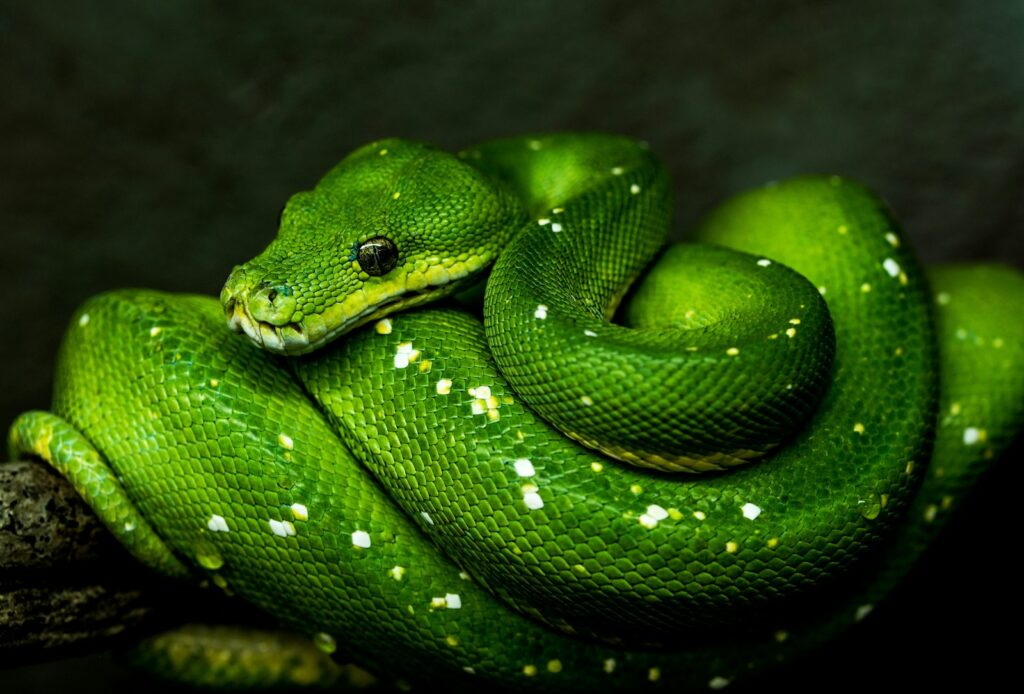
Aspen shavings have earned popularity among snake keepers for several compelling reasons, making them an excellent choice for many species, particularly those from arid or temperate environments. This lightweight, affordable substrate is highly absorbent, excellent for burrowing, and doesn’t increase humidity significantly, making it ideal for species like corn snakes, king snakes, and milk snakes. Aspen shavings are also aesthetically pleasing, creating a natural-looking habitat that enhances the visual appeal of your snake’s enclosure. However, this substrate does have limitations – it’s not suitable for high-humidity environments as it can develop mold when wet, making it a poor choice for tropical species or snakes with high humidity requirements. Additionally, while relatively dust-free compared to pine or cedar, some lower-quality aspen products may still contain irritating dust particles that could affect sensitive snakes.
Cypress Mulch: A Humidity-Friendly Option
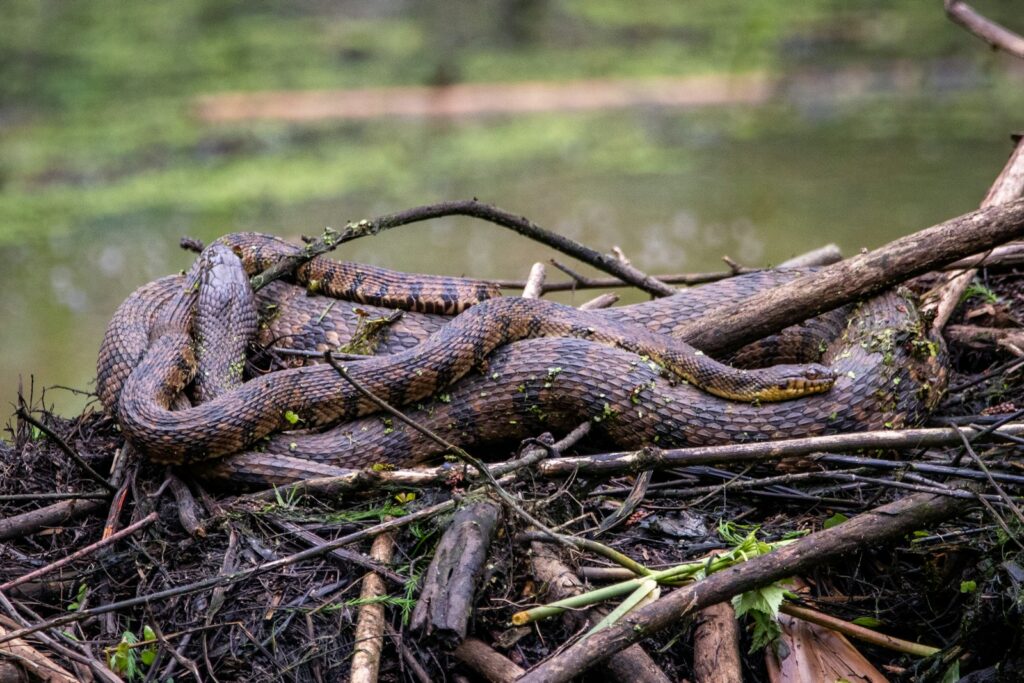
Cypress mulch stands out as an exceptional bedding choice for snake species that require moderate to high humidity levels, such as ball pythons, boa constrictors, and various tropical species. This natural substrate excels at retaining moisture while simultaneously resisting mold growth, creating a balanced microenvironment within your snake’s enclosure. The irregular texture and larger pieces of cypress mulch provide excellent burrowing opportunities, satisfying your snake’s natural instincts while also creating hidden pathways beneath the surface. From a practical standpoint, cypress mulch is relatively long-lasting compared to some alternatives, requiring less frequent complete replacements and offering good value despite its slightly higher initial cost. One potential drawback is that some cypress products may contain small splinters or sharp edges, so it’s worth examining the product carefully before introducing it to your snake’s habitat.
Coconut Products: Versatile and Eco-Friendly

Coconut-based substrates have gained tremendous popularity in reptile keeping due to their versatility, sustainability, and excellent performance characteristics. Available in several forms including coir (ground coconut fiber), chips, and husk, these products offer excellent humidity retention while remaining resistant to mold and bacterial growth. Coconut substrates create an ideal environment for burrowing species and can be used slightly damp for higher humidity needs or relatively dry for desert species, making them adaptable for nearly all snake species. The environmentally friendly nature of coconut products, being renewable and biodegradable, appeals to eco-conscious snake keepers looking to minimize their environmental footprint. While slightly more expensive than some traditional options, their longevity and multifunctional benefits make them cost-effective in the long run, though keepers should be aware that some snakes might accidentally ingest small pieces during feeding, necessitating supervised feeding practices.
Paper-Based Beddings: Safe and Practical
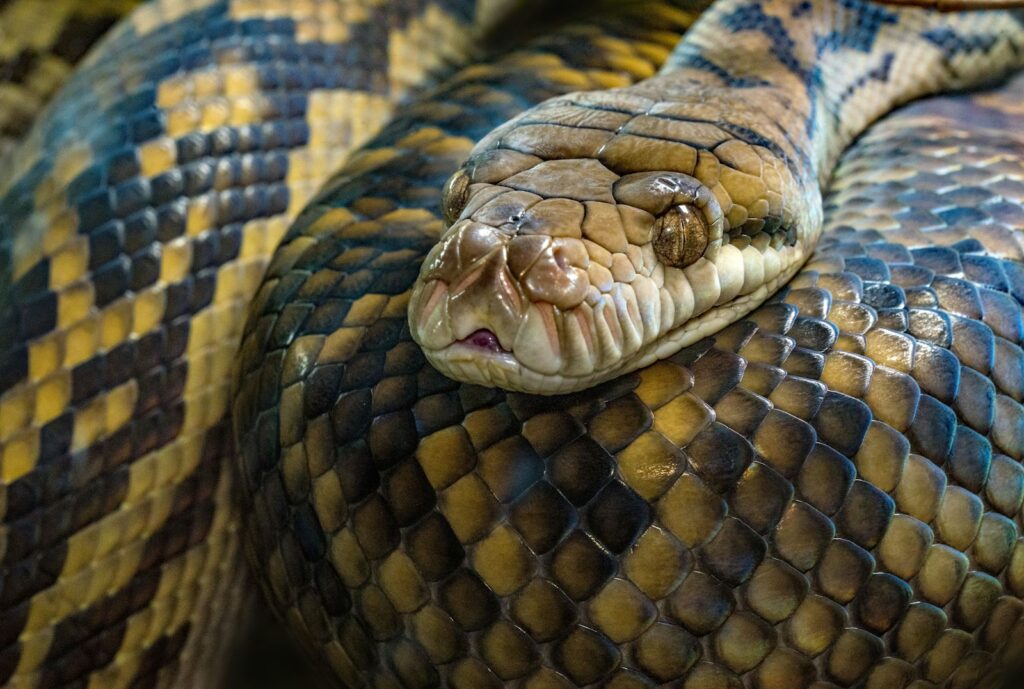
Paper-based beddings, including recycled paper pellets, shredded paper, and specialized reptile paper substrates, offer practical solutions for snake owners prioritizing ease of maintenance and hygiene. These products excel in absorbency, making them effective at controlling odors and containing waste, while their dust-free nature benefits snakes with respiratory sensitivities. Paper substrates are particularly valuable for quarantine setups, medical recovery environments, or monitoring health issues, as they allow clear visibility of waste and shedding patterns. Their affordability and ready availability make them accessible options for budget-conscious snake keepers or emergency situations. However, paper products typically don’t hold humidity well and may require more frequent replacement than some alternatives, and they offer limited burrowing opportunities for species with strong digging instincts.
Bioactive Substrates: Creating Living Ecosystems
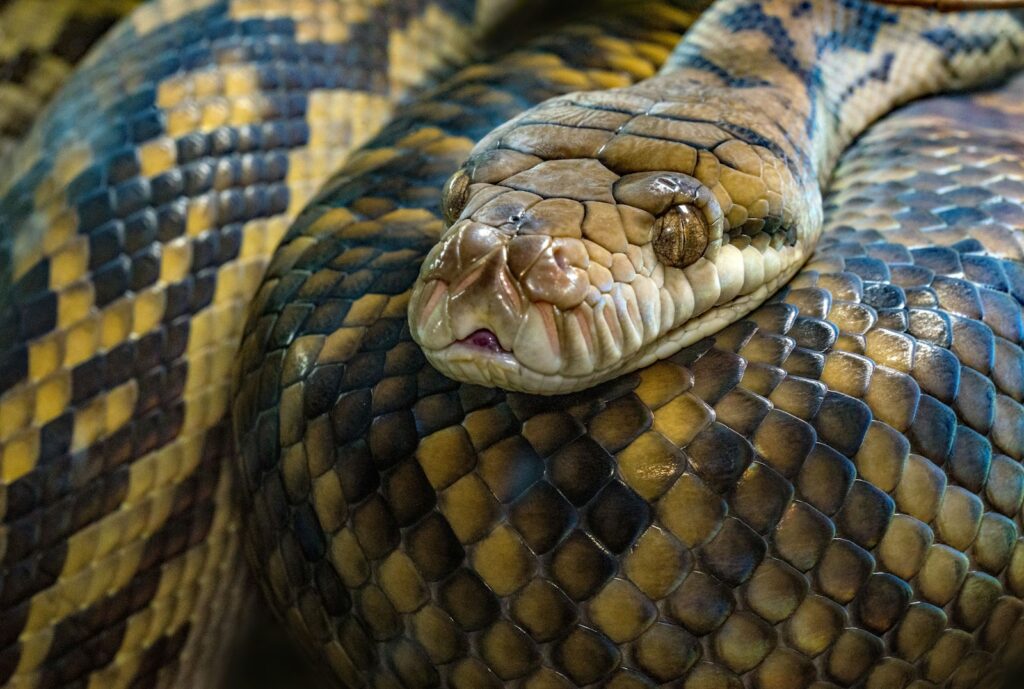
Bioactive setups represent the cutting edge of reptile husbandry, creating miniature self-sustaining ecosystems within your snake’s enclosure. These sophisticated systems combine various substrate layers with beneficial microorganisms, isopods, springtails, and sometimes live plants to create a naturalistic habitat that processes waste naturally. Beyond their aesthetic appeal, bioactive substrates provide enrichment through varying textures, hiding spots, and exploration opportunities, significantly enhancing your snake’s quality of life and encouraging natural behaviors. The self-cleaning nature of these systems, where cleanup crews consume waste and break down organic matter, reduces the need for frequent substrate changes, though the initial setup requires more investment in time, research, and materials. While not recommended for beginner snake keepers due to their complexity, bioactive setups can be incredibly rewarding for experienced keepers willing to maintain the delicate balance required for these living systems to thrive.
Reptile Carpet and Artificial Substrates
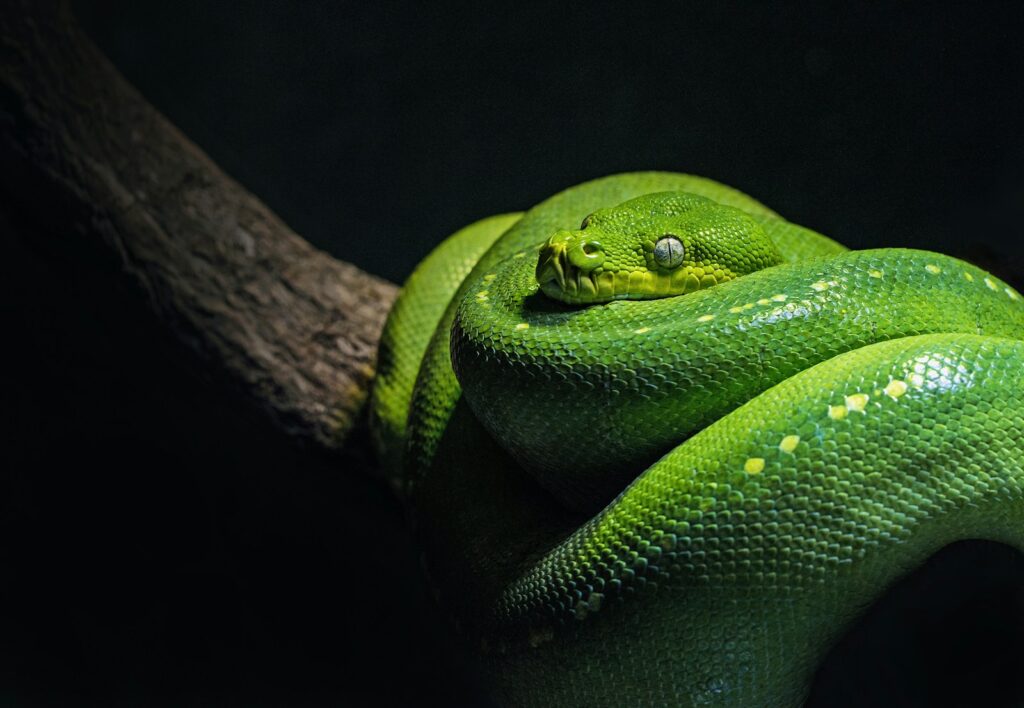
Reptile carpets and artificial substrates offer practical alternatives for snake keepers seeking low-maintenance, reusable bedding options. These manufactured products, typically made from recycled materials or synthetic fibers, provide a flat, consistent surface that eliminates the risk of substrate ingestion during feeding. Their washable nature makes them economical over time, as they can be cleaned and reused rather than replaced entirely like particulate substrates. However, these artificial options come with significant limitations for many snake species, particularly their inability to maintain appropriate humidity levels and limited opportunities for natural burrowing behaviors. Additionally, bacteria and waste can become trapped in the fibers between cleanings, potentially creating hygiene issues if not properly maintained. Reptile carpets work best for certain species with minimal humidity requirements or as temporary bedding during quarantine periods when close monitoring is essential.
Substrates to Avoid: Safety Concerns
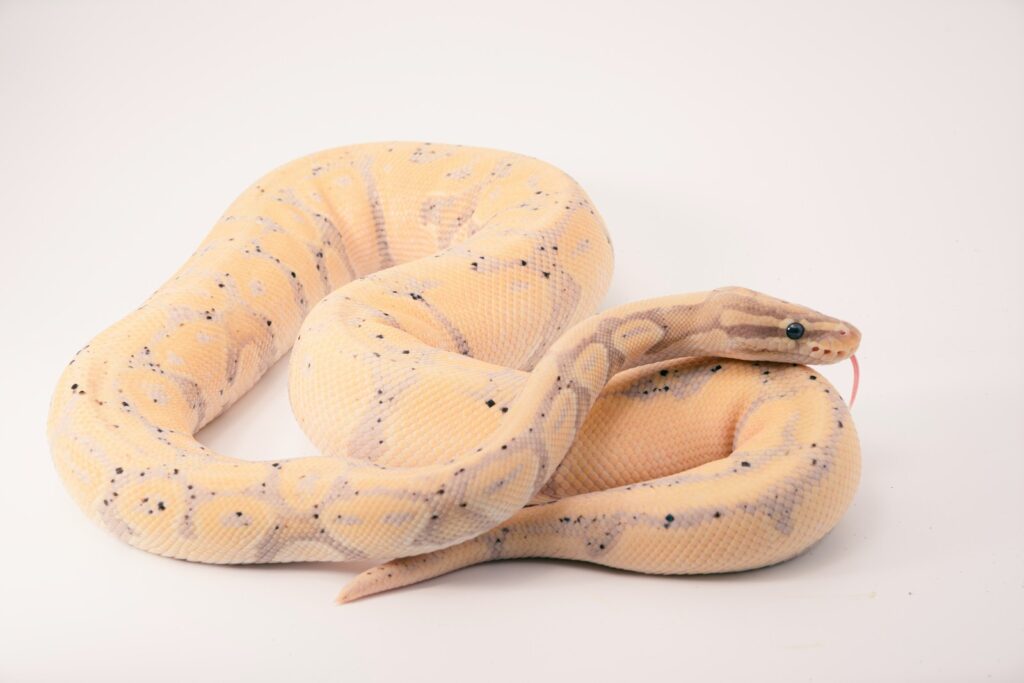
Snake owners should be aware of several bedding materials that pose significant health risks and should be avoided entirely, despite their occasional recommendation or historical use. Pine and cedar shavings release aromatic phenolic compounds that can cause severe respiratory damage and liver problems in reptiles, with effects that may develop gradually over time. Sand, while sometimes suggested for desert species, carries a high impaction risk if accidentally ingested during feeding and can cause eye irritation and respiratory issues when fine particles become airborne. Gravel and small stones present similar impaction dangers while offering minimal benefits for most snake species. Cat litter, including the clumping variety, contains harmful chemicals and dust that can cause respiratory distress and potentially fatal blockages if ingested. Always research thoroughly before introducing any new substrate to your snake’s environment, prioritizing their health and safety above convenience or aesthetics.
Substrate Depth Considerations
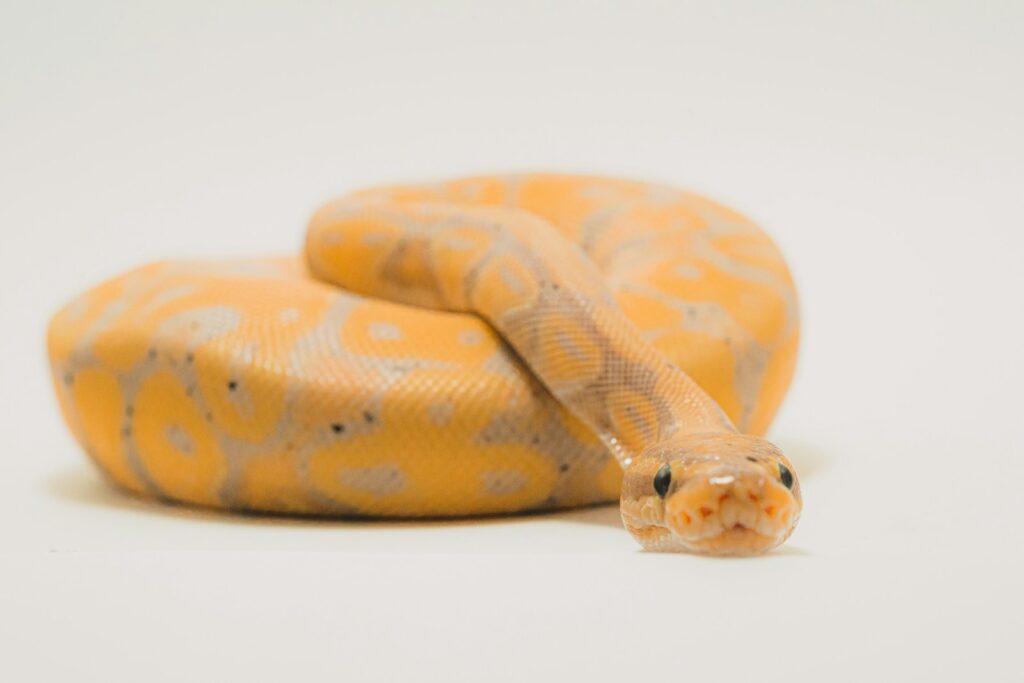
The appropriate depth of bedding in your snake’s enclosure plays a crucial role in their comfort and ability to express natural behaviors, varying significantly between species. Fossorial (burrowing) species like sand boas, rosy boas, and children’s pythons benefit from deeper substrate layers of 3-6 inches, allowing them to fully submerge themselves and create tunnel systems that provide security and thermoregulation options. Conversely, arboreal species like green tree pythons require only minimal substrate depths of 1-2 inches, as they spend most of their time on branches and perches rather than at ground level. Semi-arboreal species like corn snakes and rat snakes appreciate moderate substrate depths of 2-4 inches, striking a balance that allows occasional burrowing while maintaining adequate enclosure space. Adapting substrate depth to your specific snake’s natural behaviors significantly enhances their welfare by allowing them to express instinctive behaviors that reduce stress and promote psychological well-being.
Spot Cleaning and Substrate Maintenance
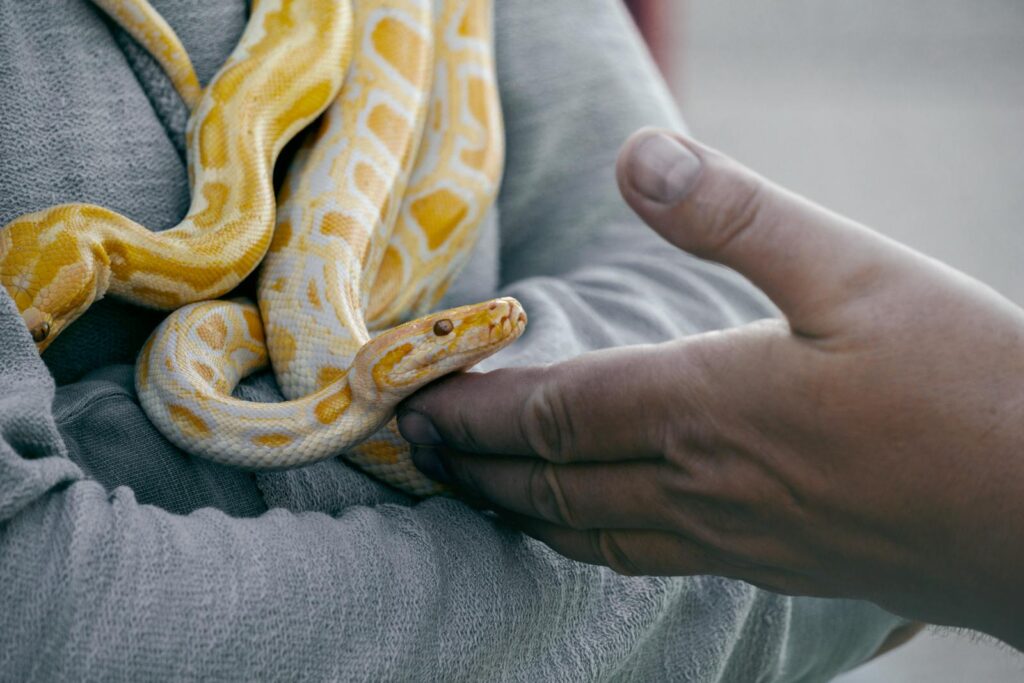
Proper maintenance of your snake’s bedding is essential for preventing disease, controlling odors, and extending the substrate’s useful life. Develop a consistent spot cleaning routine, removing waste, shed skin, and soiled bedding as soon as possible, ideally within 24 hours, to prevent bacterial growth and ammonia buildup that can harm your snake’s respiratory system. For most substrates, plan to replace approximately one-third of the bedding monthly, performing a complete substrate change every 2-3 months, though exact timing varies based on enclosure size, snake size, and substrate type. Monitor humidity levels regularly, as both excessively damp and overly dry conditions can lead to health problems; adjust by adding water to increase humidity or improving ventilation to decrease it. Watch for signs of mold, discoloration, unusual odors, or pest infestations, which indicate the need for immediate bedding replacement regardless of your regular schedule.
Mixing Substrates for Optimal Conditions
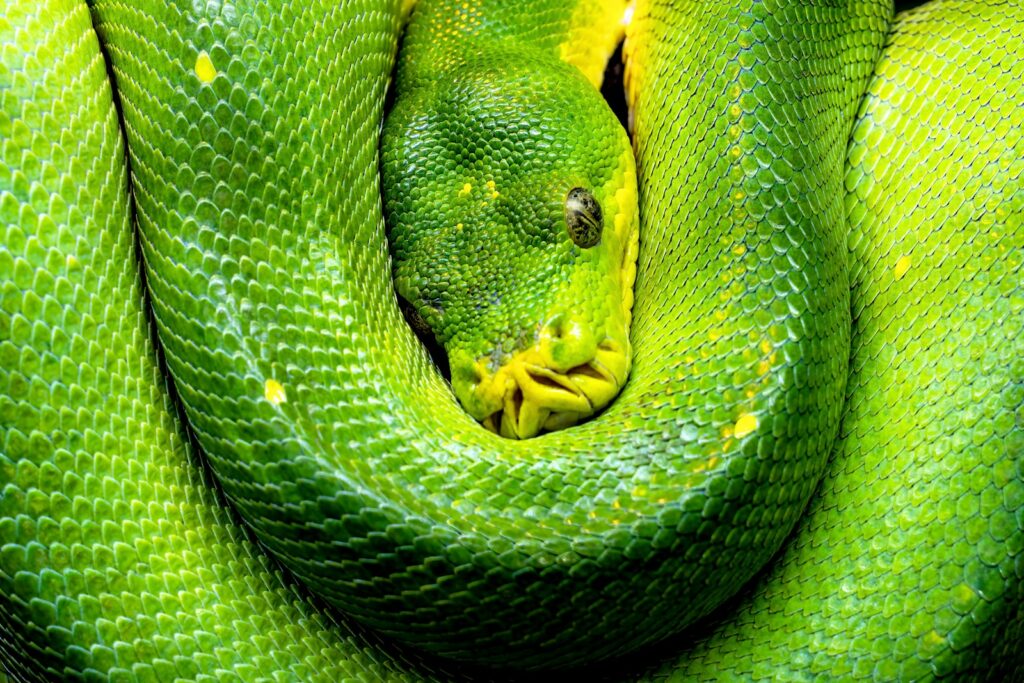
Creating custom substrate blends has become increasingly popular among experienced snake keepers looking to maximize the benefits of different materials while minimizing their individual drawbacks. Combining coconut fiber with cypress mulch creates an excellent mixture that retains humidity well while providing structural integrity for burrowing and reducing the frequency of replacement. For species requiring moderate humidity, mixing aspen with small amounts of coconut fiber can create a balanced environment that offers good burrowing opportunities without becoming excessively damp. Adding sphagnum moss to various base substrates creates humidity pockets that can be strategically placed within the enclosure, particularly useful during shedding periods when higher humidity is temporarily beneficial. These custom blends allow keepers to fine-tune environmental conditions to their specific snake’s needs, though finding the right proportions may require experimentation and adjustment based on your individual enclosure’s conditions and your snake’s preferences.
The Connection Between Substrate and Successful Shedding
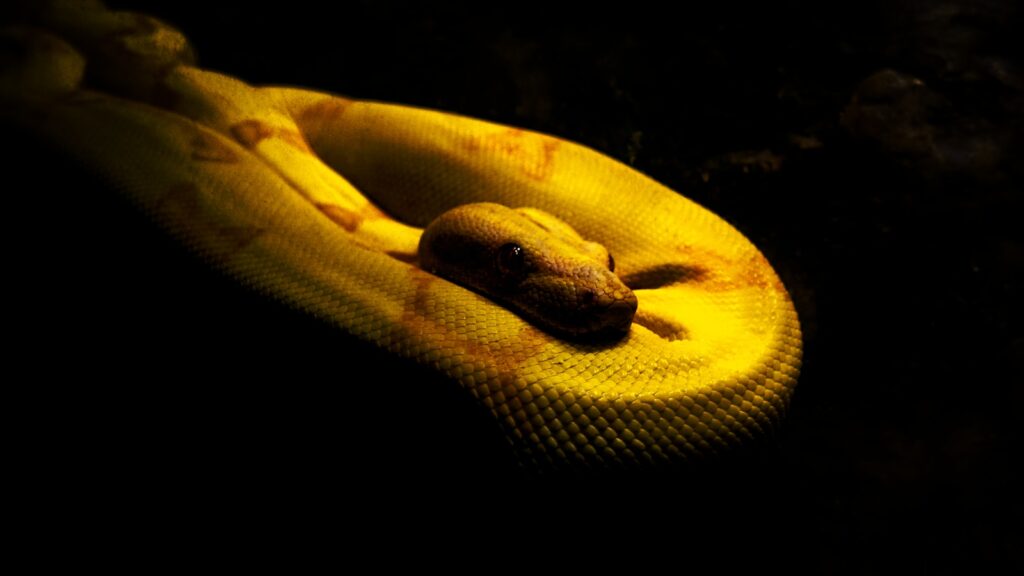
The relationship between proper substrate choice and successful shedding cannot be overstated, as appropriate bedding plays a critical role in this vulnerable period of a snake’s life cycle. Quality substrate helps maintain the humidity levels necessary for the shedding process, with most species requiring a temporary increase in moisture to soften the old skin and facilitate its removal in one complete piece. Many experienced keepers create a designated “humid hide” filled with damp sphagnum moss or coconut fiber that allows the snake to self-regulate its exposure to higher humidity areas when preparing to shed. Rough-textured substrates like cypress mulch or coconut husk provide natural abrasive surfaces that help snakes remove loosened skin by rubbing against them, assisting with difficult areas like the head and eye caps. Incomplete sheds, often manifesting as retained eye caps or tail tip skin, frequently indicate substrate-related humidity issues that should be addressed promptly to prevent complications like infection or restricted blood flow.
The ideal bedding for your pet snake ultimately depends on understanding your specific species’ needs and natural behaviors. By selecting appropriate substrate, maintaining proper depth, and establishing consistent cleaning routines, you create an environment that supports both physical health and natural behaviors. While no single substrate works perfectly for all situations, this guide provides the foundation to make informed choices that prioritize your snake’s comfort and well-being. Remember that observation is key—your snake’s behavior will often indicate whether your substrate choice is meeting their needs. With thoughtful consideration of the options presented here, you can create a comfortable, enriching habitat that contributes to your snake’s overall quality of life and strengthens the bond between you and your reptilian companion.

